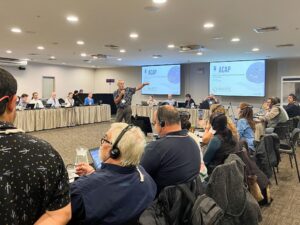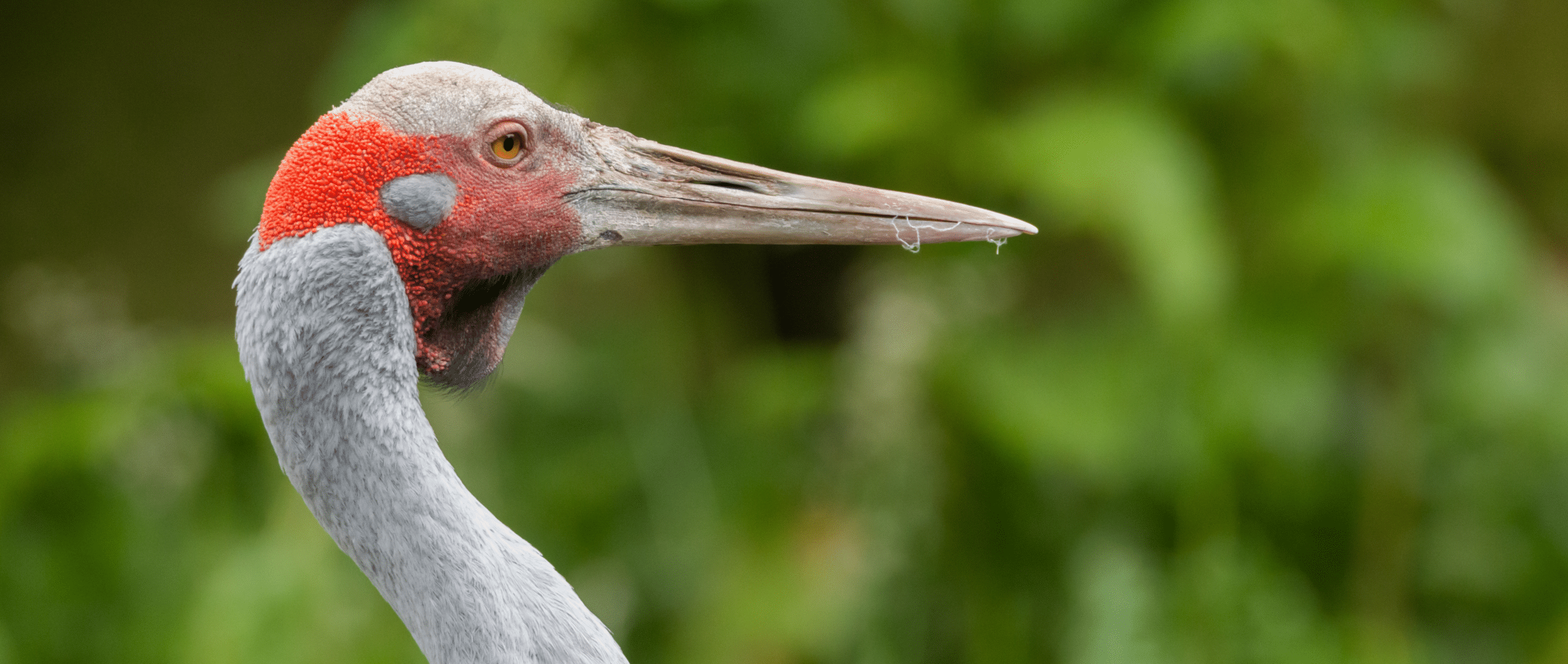SYDNEY (January 14, 2026)— Humane World for Animals Australia (previously known as Humane Society International Australia) is proud to have secured protection for two Murray Darling Basin wetland ecosystems under Australia’s new nature laws announced by Federal Environment Minister Murray Watt today. The Lower Murray, including the Coorong at the river mouth, and the Macquarie Marshes have both been listed as Critically Endangered “Threatened...
Front of mind for me when campaigning for albatross is a widowed bird warming the chick in her nest, hungrily awaiting the return of her life partner, unaware that he has been lost at sea to a fishing hook or plastic ingestion. It is a heart-breaking story played out thousands of times in albatross colonies across the southern hemisphere every year.
It is why we made sure our experienced albatross scientist Nigel Brothers was among the experts who convened in Lima, Peru in August 2024 to discuss the worsening conservation crisis for this most threatened group of birds and how to save them.
The meeting was the Advisory Committee for the Agreement for the Conservation of Albatross and Petrels (ACAP). Nigel is a regular at this crucial conservation treaty meeting and always works hard to ensure governments agree to take the action required to address the multiple threats to albatross species.
At the meeting, alarm was raised over steeply declining numbers at albatross colonies being monitored up to the austral summer 2023/24. Southern Royal, Southern Buller’s, Wandering, Black-browed and Grey-headed albatross were all among the albatross species reported to be suffering ongoing population losses at colonies in both New Zealand and at South Georgia in the Atlantic, and the steep population declines were blamed largely on accidental capture in fisheries.
Warnings were given for the added toll avian influenza, or bird flu, is predicted to take. The latest H5N1 variant has been savaging wildlife populations in Europe, Asia, North and South America; and in February this year the virus made its way to Antarctica. Frighteningly, its spread into some Antarctic and sub-Antarctic albatross colonies has begun.
Nigel told the meeting that to best help albatross populations withstand this brutal disease, we must immediately stop all the easily preventable albatross deaths. Most preventable are the fatalities in longline and trawl fisheries. ACAP has long been recommending simple solutions to fishing bycatch, such as setting lines at night and weighting hooks to sink them quickly out of reach of the birds. Governments and tuna fishing organisations must get serious about insisting the industry use the solutions and to police them.
Bringing some hope to the meeting, Nigel was able to report a HSI Australia and ACAP funded trial of a new heavy fishing hook being tested by New Zealand fishers is showing promising results.
Nigel also tabled a HSI Australia paper on the risk to albatross species from the offshore wind turbines that are coming to the Southern (albatross) hemisphere. We must not miss the opportunity to prevent this threat before it starts. Our paper was well received, and a global working group was established to fast-track advice on how to locate and design wind turbines so that they minimise the collision risks for albatross. Our paper fully recognised that climate change is the gravest of threats to seabirds because of the disruption it will cause to their food chains, and that there is an urgent need for new renewable energy. HSI Australia will be active in the working group putting forward solutions to make sure wind infrastructure does not compound the problems for the birds.
While I mourn for the widowed albatross and her chick, I know that they are mighty and resilient birds. Their awe-inspiring ability to circle entire oceans with their enormous wing spans, searching for fish to bring home to their offspring, also gives me hope. With our dedicated work on many fronts, HSI Australia is determined to keep them coming back home.

Photo caption: Nigel Brothers informs the meeting of progress made on a HSI and ACAP funded trial of new technology to prevent albatross deaths.
If you share our commitment to protecting these magnificent birds, please consider making a donation today. Your support is vital in our efforts to ensure a future for albatrosses and their chicks. Thank you!


